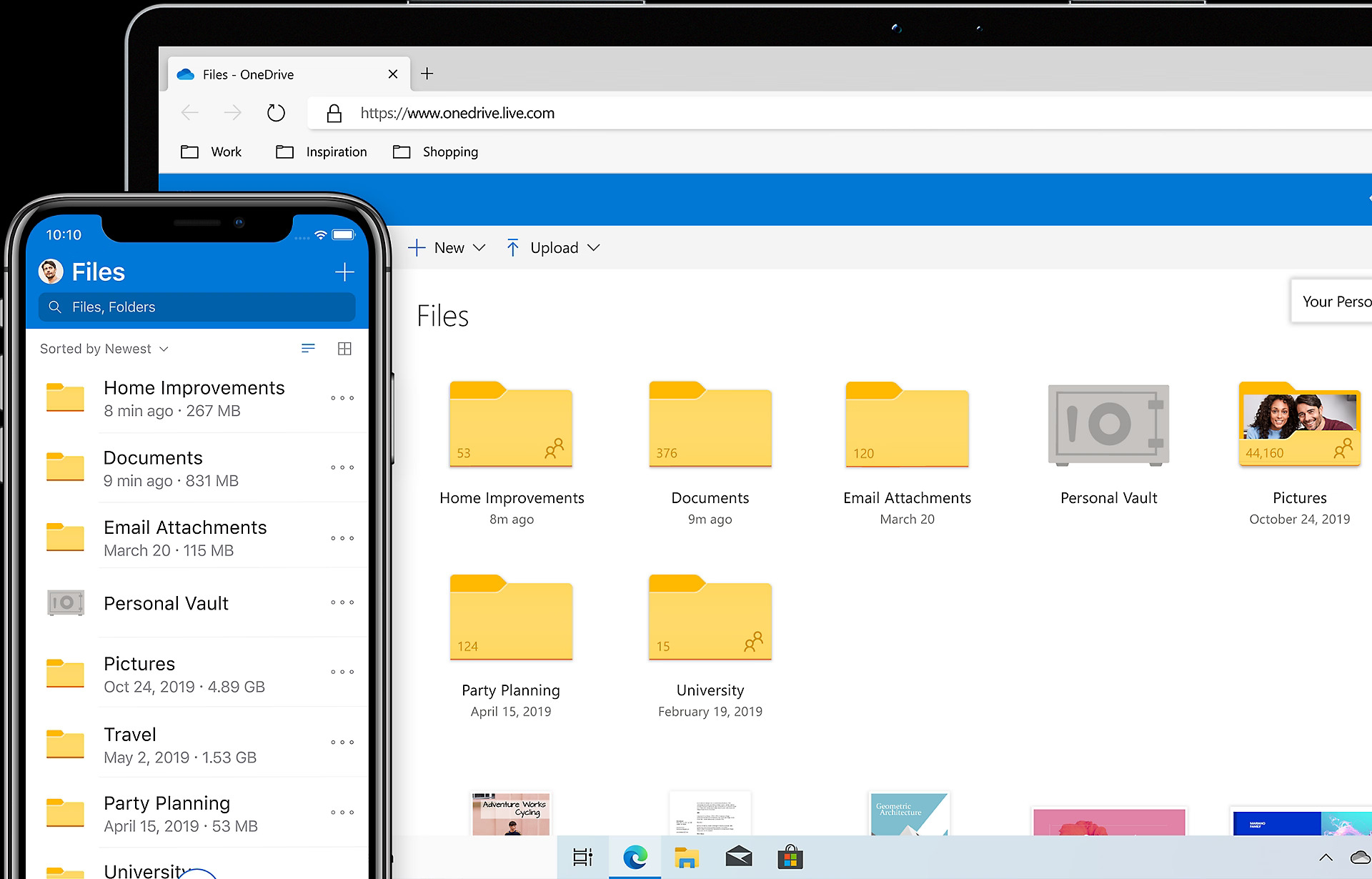

Articles
How To Store Photos For Free
Modified: January 5, 2024
Learn how to store and organize your photos without spending a dime. Our articles provide step-by-step guidance on free photo storage solutions.
(Many of the links in this article redirect to a specific reviewed product. Your purchase of these products through affiliate links helps to generate commission for Storables.com, at no extra cost. Learn more)
Introduction
Welcome to the digital age, where we capture and store every precious moment of our lives through photos. From family vacations to milestone celebrations, our photo collections continue to grow. However, with the increasing number of photos comes the challenge of finding sufficient storage space to keep them safe and organized.
Fortunately, there are several options available to store photos for free. In this article, we will explore five different methods to preserve your cherished memories without breaking the bank. Whether you prefer cloud storage, external hard drives, online photo sharing platforms, local network storage, or even DVD/CD storage, we will provide you with the information you need to make an informed decision.
Key Takeaways:
- Preserve your cherished memories for free with cloud storage, external hard drives, online sharing platforms, local network storage, or DVD/CD storage. Choose the best option based on accessibility, privacy, and scalability to safeguard your valuable photos.
- Explore various free photo storage options, from cloud storage’s convenience to DVD/CD’s longevity. Select the best fit based on your needs, whether it’s accessibility, privacy, or offline accessibility, to ensure your precious memories are safely preserved.
Read more: How To Store Photo Backdrops
Option 1: Cloud Storage
In today’s digital landscape, cloud storage has become an increasingly popular option for storing photos. Cloud storage platforms offer a convenient and secure way to store, organize, and access your photos from anywhere with an internet connection. Here are a few key benefits of using cloud storage for your photo collection:
- Accessibility: With cloud storage, your photos are accessible from multiple devices, including smartphones, tablets, and computers. This means you can easily view and share your photos with friends and family.
- Automatic Backup: Many cloud storage providers offer automatic backup services, ensuring that your photos are securely stored and protected in the event of a device failure or data loss. With automatic backup, you don’t have to worry about manually uploading and organizing your photos.
- Scalability: Most cloud storage platforms provide users with different storage plans, allowing you to start with a free plan and gradually expand as your photo collection grows. This scalability is particularly beneficial if you have a large number of high-resolution photos.
- Collaboration: Cloud storage platforms often offer collaboration features, allowing multiple users to access and contribute to shared photo albums or projects. This can be particularly useful for group events or professional collaborations.
There are several reputable cloud storage providers to choose from, including Google Drive, Dropbox, Microsoft OneDrive, and iCloud. These platforms usually offer a certain amount of free storage space, with the option to upgrade to a paid plan for additional storage. When selecting a cloud storage provider, consider factors such as storage space limitations, ease of use, integration with other devices and applications, and security measures.
It’s important to note that while cloud storage is a convenient and accessible option for storing your photos, it relies on an internet connection. If you find yourself in an area with limited or no internet access, you may not be able to access your photos stored in the cloud. In such cases, having an alternative storage option like an external hard drive can be beneficial.
Option 2: External Hard Drive
If you prefer to have physical control over your photo storage and want to ensure that your photos are accessible even without an internet connection, an external hard drive is an excellent option. Here are some key advantages of using an external hard drive for photo storage:
- Reliability: External hard drives are known for their durability and long-term reliability. They are designed to withstand various environmental factors, ensuring the safety of your photos.
- Portability: External hard drives are compact and portable, making it easy to carry your entire photo collection with you wherever you go. This is especially useful for photographers who need to transfer and backup their photos while on the move.
- Privacy and Security: By using an external hard drive, you have full control over the privacy and security of your photos. You can choose to encrypt your files or keep them disconnected from the internet, offering an added layer of protection against potential online threats.
- No Subscription Fees: Unlike cloud storage, which often requires a monthly or annual subscription fee for additional storage space, purchasing an external hard drive is a one-time investment. You can benefit from the initial cost savings, especially if you have a large photo collection.
When choosing an external hard drive, consider factors such as storage capacity, data transfer speeds, compatibility with your devices, and additional features like password protection or hardware encryption.
It’s important to note that while external hard drives offer a reliable and portable solution for photo storage, they are physical devices that can be susceptible to damage or loss. To minimize the risk, make sure to handle your external hard drive with care, keep it in a safe and secure location, and consider making a backup of your photos on a separate drive or cloud storage for added redundancy.
Ultimately, using an external hard drive for photo storage provides you with complete control, privacy, and accessibility to your photos, making it an ideal option for photographers and individuals who value physical ownership and offline access to their precious memories.
Option 3: Online Photo Sharing Platforms
If you enjoy sharing your photos with others and want to showcase your work or connect with a larger community of photographers, online photo sharing platforms are a great choice. These platforms not only provide storage space for your photos but also offer social features and networking opportunities. Here are some benefits of using online photo sharing platforms:
- Community Engagement: Online photo sharing platforms allow you to interact with a community of photographers, receive feedback on your work, and discover inspiration from others. It’s a fantastic way to connect with like-minded individuals and grow as a photographer.
- Easy Sharing and Collaboration: These platforms make it simple to share your photos with others, whether it’s with friends and family or a wider audience. You can easily create albums, organize your photos, and control privacy settings for each image.
- Discoverability: Some online photo sharing platforms have a large user base and robust search features, increasing the chances of your photos being discovered by others. This can lead to opportunities for recognition, collaboration, and even potential photography gigs.
- Backup and Storage: While the primary focus of online photo sharing platforms is sharing and community engagement, they also generally offer a certain amount of storage space for your photos. It provides an additional backup option and allows you to access your photos from different devices.
Popular online photo sharing platforms include Flickr, 500px, Instagram, and SmugMug. Each platform offers unique features and caters to different types of photographers and audiences. Before choosing a platform, consider factors such as the platform’s focus (e.g., professional photographers, casual users), usability, privacy settings, and any associated costs.
It’s important to note that while online photo sharing platforms provide a convenient way to showcase and share your work, they may have limitations in terms of storage space and image resolution. If you have a large photo collection or require high-resolution images, you may need to consider additional storage options or upgrade to a premium account.
Overall, online photo sharing platforms offer a balance between storage, social interaction, and exposure for your photos. They are an excellent option for photographers who enjoy sharing their work, seeking feedback, and connecting with a broader community.
Consider using cloud storage services like Google Photos or Dropbox, which offer free storage for a certain amount of photos. Make sure to regularly back up your photos to avoid losing them.
Option 4: Local Network Storage
If you have multiple devices on a local network and want a centralized storage solution for your photos, local network storage is worth considering. With local network storage, you can create a network-attached storage (NAS) system that allows you to access and store your photos from any device connected to the network. Here are some advantages of using local network storage:
- Centralized Storage: With local network storage, you can consolidate all your photos in one location, making it easy to organize and access them. It eliminates the need to transfer files between devices and provides a seamless experience across multiple devices.
- Easy File Sharing: Local network storage allows you to share your photos with others on the same network. You can grant specific permissions to different users or create shared folders for collaborative projects or family photo albums.
- Data Redundancy: Many NAS systems offer RAID (redundant array of independent disks) configurations, which provide redundancy and data protection. This means that even if one drive fails, your photos are still safe and accessible.
- Customizability and Scalability: NAS systems can be customized according to your needs, allowing you to choose the storage capacity, RAID configuration, and additional features like media streaming or remote access. You can start with a basic setup and expand as your photo collection grows.
Setting up a local network storage system requires a NAS device, which is essentially a dedicated networked storage device. There are several reliable NAS manufacturers, including Synology, QNAP, and Western Digital, that offer a range of NAS models suitable for different budgets and storage requirements.
Keep in mind that configuring a local network storage system may require some technical knowledge and initial setup. It’s important to choose a NAS device that suits your needs, ensure proper network connectivity, and follow the manufacturer’s instructions for installation and setup.
Local network storage is an excellent option for individuals or families with multiple devices who want a centralized, private, and scalable solution for photo storage. It offers the convenience of accessing your photos from any connected device while providing data redundancy and customizable features to meet your specific requirements.
Read more: How To Store And Organize Photos
Option 5: DVD/CD Storage
In an age where digital storage dominates, it’s easy to overlook the humble DVD/CD as a viable option for storing photos. However, DVD/CD storage can still be a reliable and cost-effective solution, particularly for individuals seeking a physical backup of their photos. Here are some advantages of using DVD/CD storage for photo preservation:
- Portability and Accessibility: DVDs and CDs are highly portable and can be easily stored and transported. You can create multiple copies of your photo collection and distribute them to different locations for safekeeping or sharing with family and friends.
- Longevity: When properly stored, DVDs and CDs have a lifespan of up to 100 years. This makes them a viable option for archiving and preserving your photos for future generations.
- Simple and Universal: DVDs and CDs are widely compatible with various devices, including computers, DVD/CD players, and gaming consoles. This means that you can access your photos without relying on the internet or specific software.
- Secure Offline Storage: By storing your photos on DVDs or CDs, you can keep them completely offline and protected from potential cyber threats or data breaches.
When opting for DVD/CD storage, ensure that you use high-quality discs specifically designed for archival purposes. Look for DVDs and CDs with a gold archival layer, as this provides greater stability and resistance to degradation over time. Additionally, label and organize your discs properly to make it easier to locate specific photos in the future.
Keep in mind that DVD/CD storage does have its limitations. DVDs and CDs have a finite storage capacity, usually ranging from 700MB to 4.7GB per disc. Therefore, if you have a large photo collection, you may require a significant number of discs, which can be time-consuming to create and manage. Moreover, as technology evolves, DVD/CD drives and players may become obsolete, potentially limiting future accessibility.
Overall, DVD/CD storage can be a viable option for individuals seeking a physical and long-lasting backup of their photos. While it may not offer the same convenience and scalability as digital storage solutions, it provides an added sense of security and offline accessibility for your precious memories.
Conclusion
When it comes to storing photos, there is no one-size-fits-all solution. The best option for you will depend on your needs, preferences, and budget. Let’s recap the five storage options we discussed in this article:
1. Cloud Storage: Cloud storage offers convenience, accessibility, and automatic backup. It is a great choice for those who value flexibility and seamless integration across devices.
2. External Hard Drive: An external hard drive provides physical control, reliability, and portability. It is ideal for those who prioritize privacy and want offline access to their photo collection.
3. Online Photo Sharing Platforms: Online photo sharing platforms offer community engagement, easy sharing and collaboration, and potential discoverability. They suit individuals looking to showcase their work and connect with a wider audience.
4. Local Network Storage: Local network storage provides centralized storage, easy file sharing, data redundancy, and scalability. It is a suitable option for those with multiple devices on a local network.
5. DVD/CD Storage: DVD/CD storage offers portability, longevity, and security. It is a good choice for individuals who want a physical backup of their photos and offline accessibility.
It’s important to consider factors such as accessibility, privacy, scalability, and the ability to handle large files when choosing the right storage option for your photos. You may even choose to combine different methods to create a comprehensive backup strategy.
Remember to regularly backup your photos and ensure that they are stored in multiple locations to minimize the risk of data loss. Regardless of the storage option you choose, take the necessary precautions to protect and preserve your valuable memories.
In the end, the most important aspect is to select a storage solution that aligns with your needs and offers peace of mind. Safeguarding your photo collection ensures that you can cherish those special moments for years to come.
Frequently Asked Questions about How To Store Photos For Free
Was this page helpful?
At Storables.com, we guarantee accurate and reliable information. Our content, validated by Expert Board Contributors, is crafted following stringent Editorial Policies. We're committed to providing you with well-researched, expert-backed insights for all your informational needs.

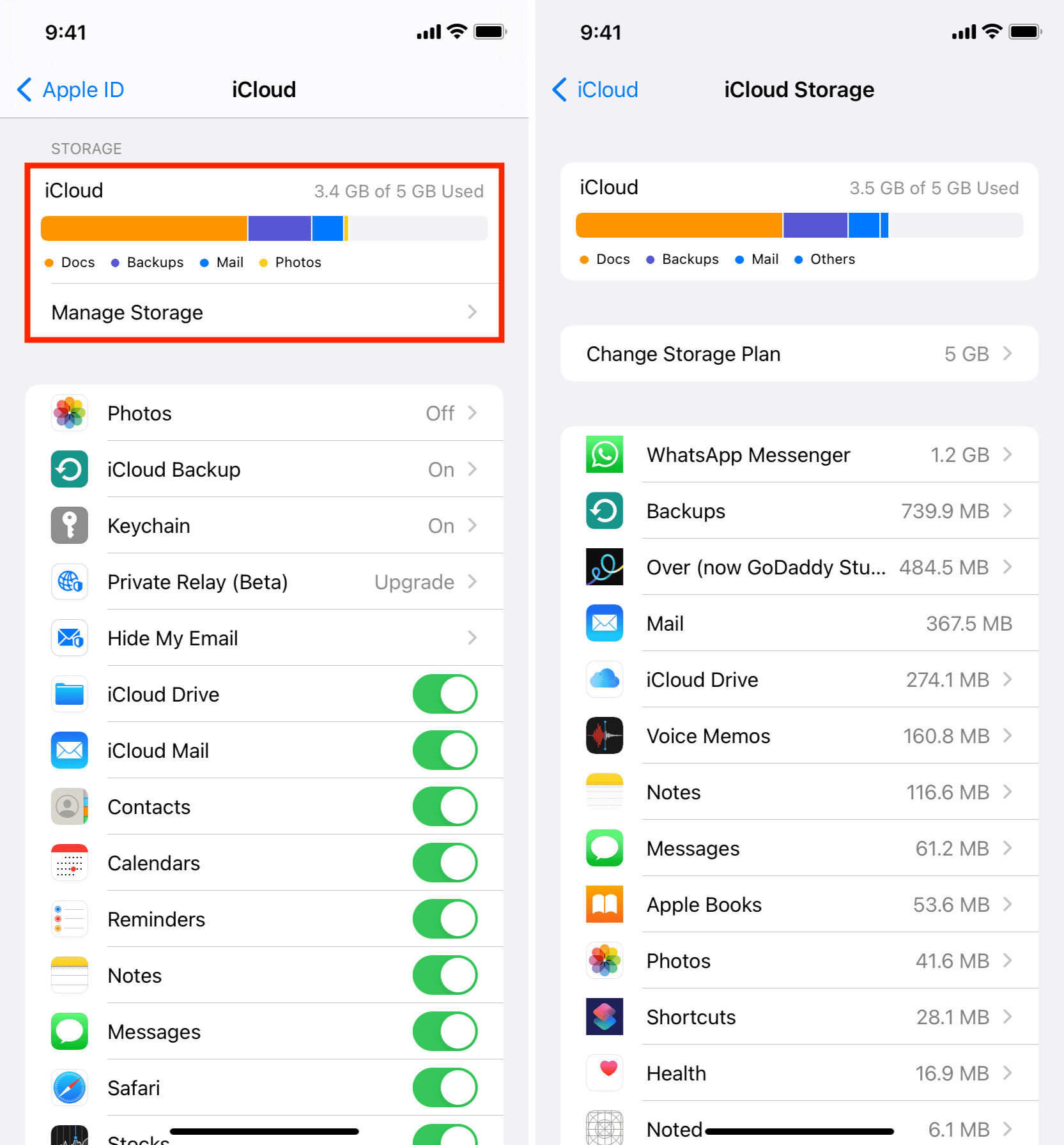




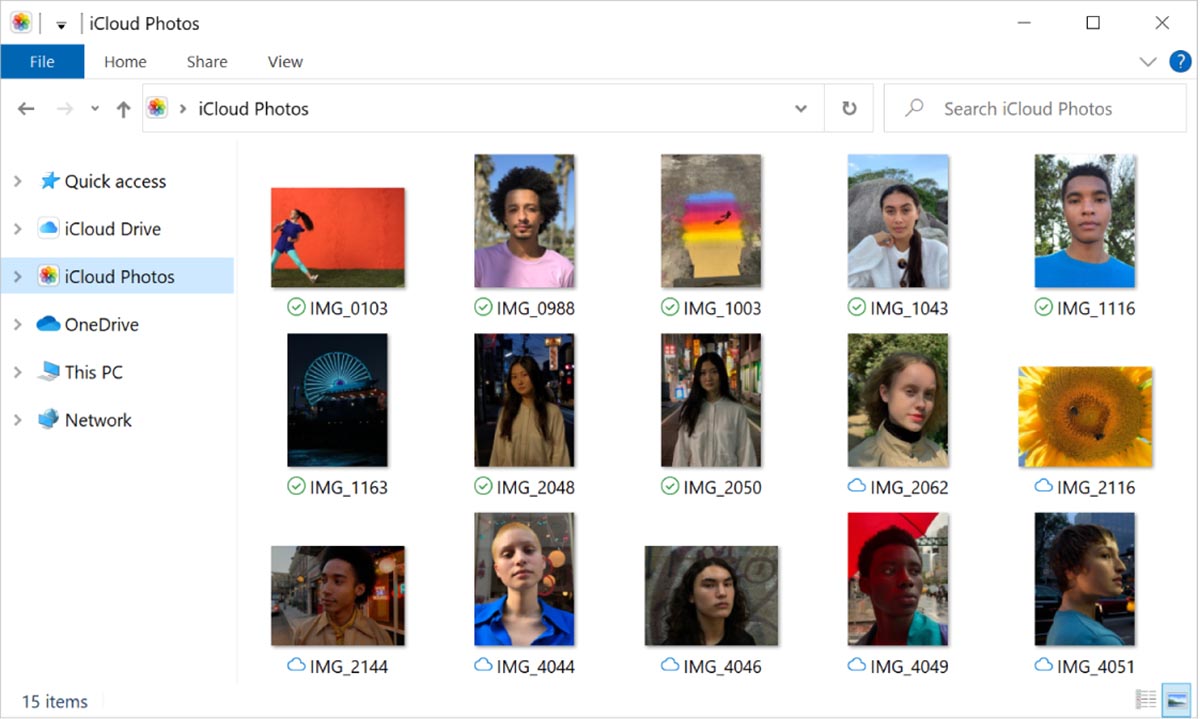


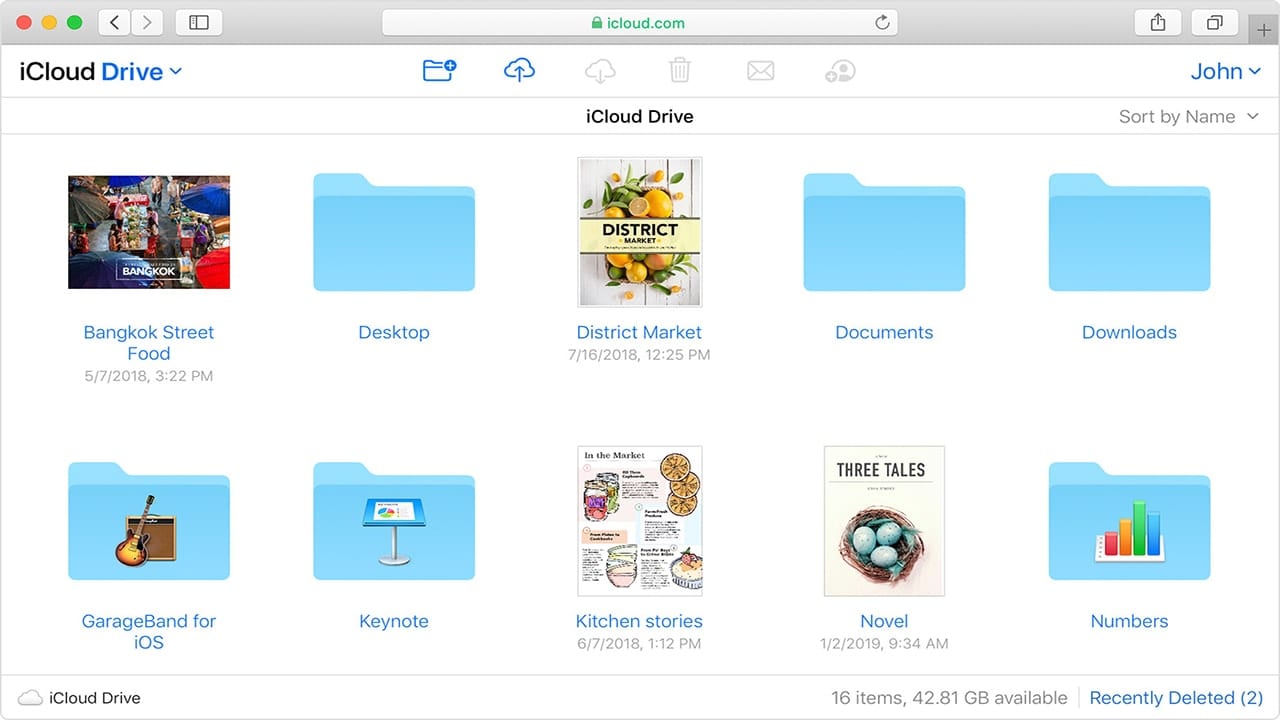

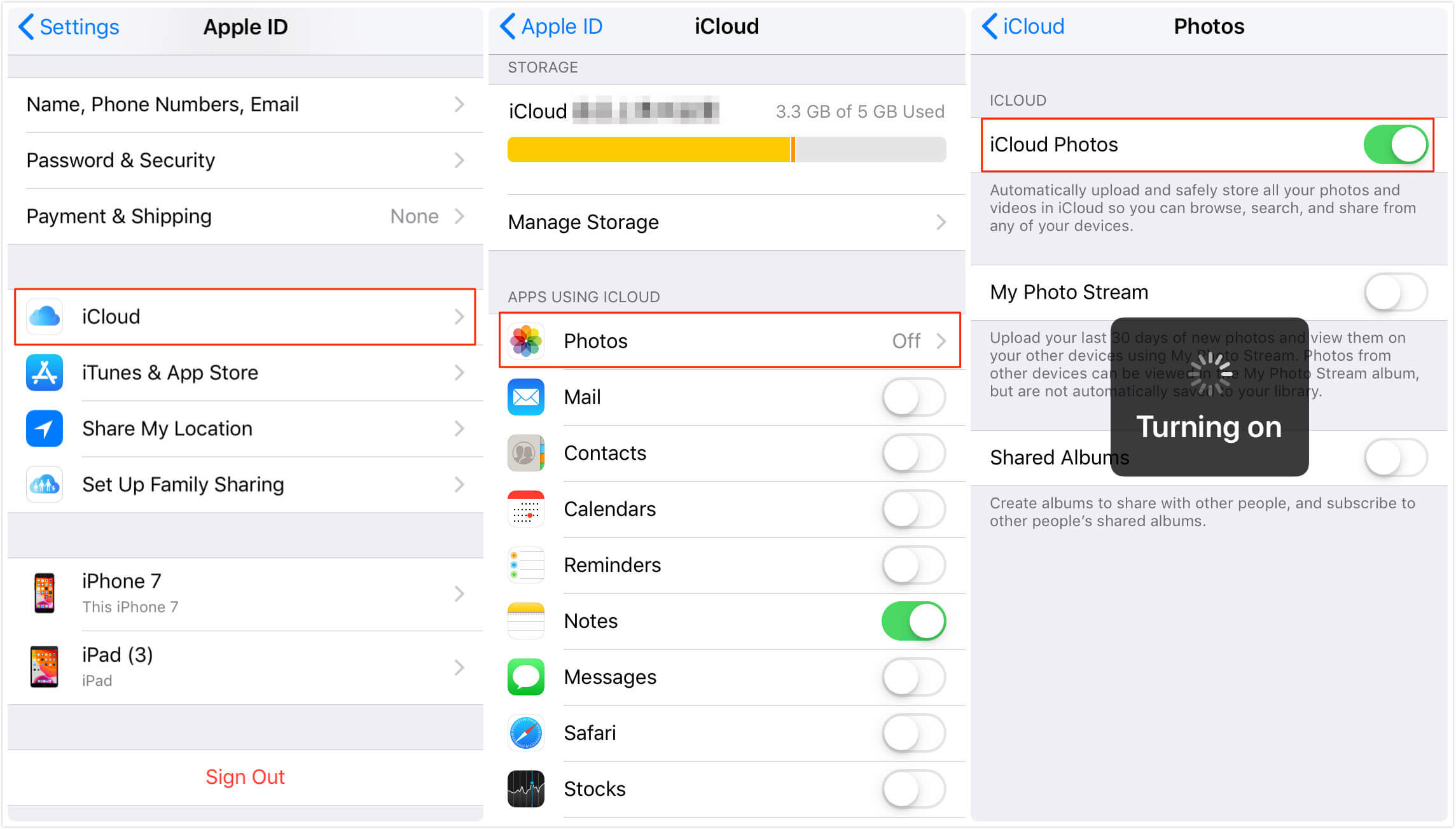
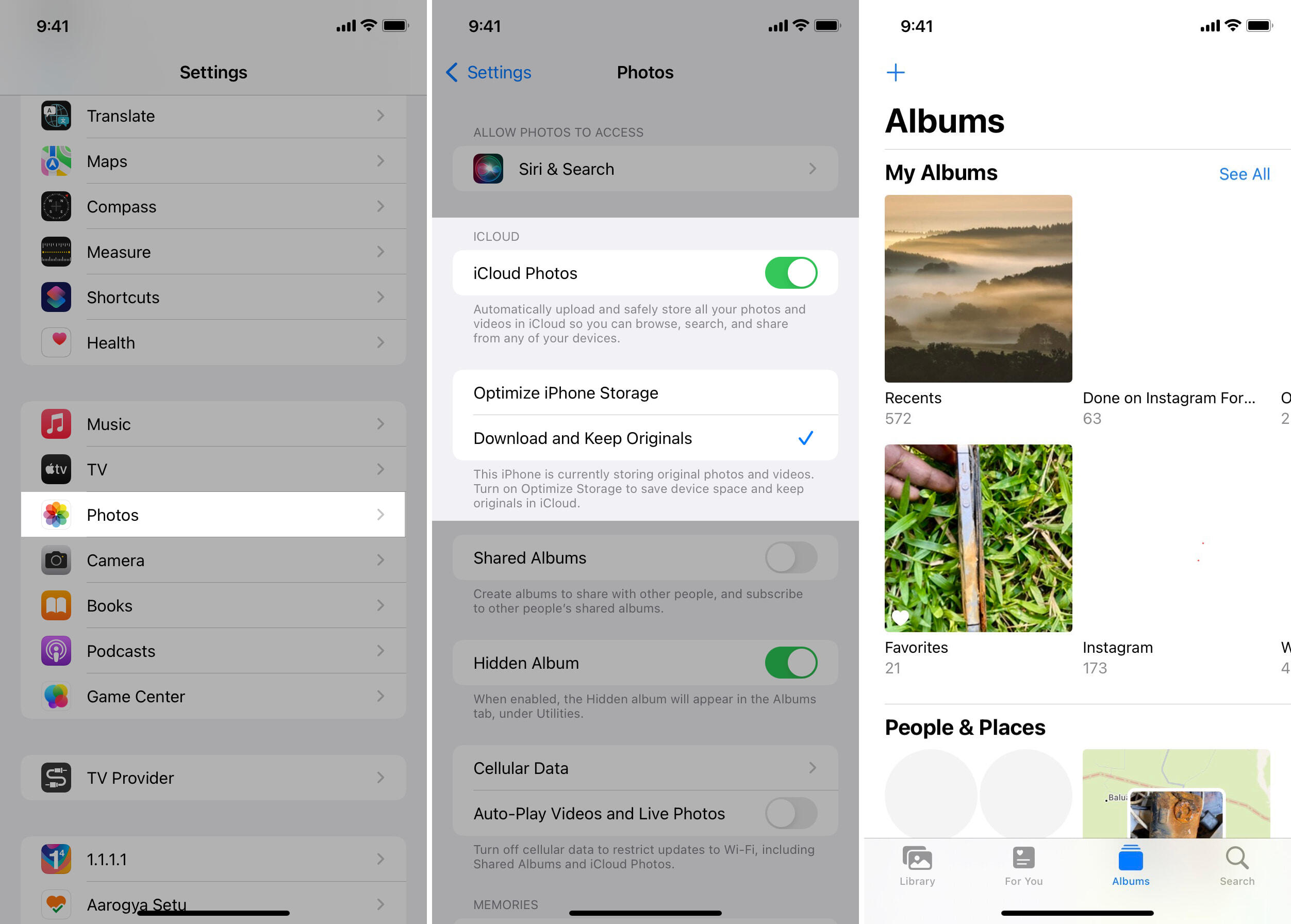


0 thoughts on “How To Store Photos For Free”